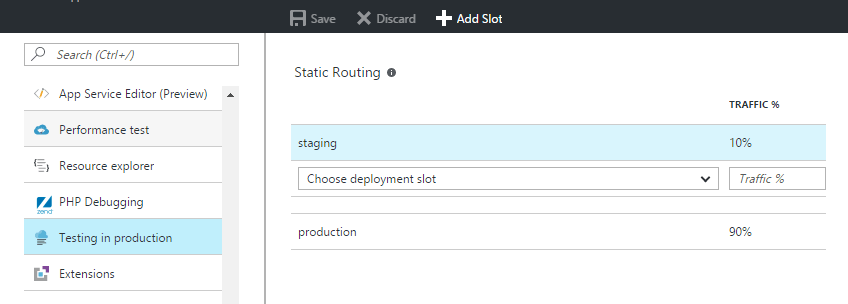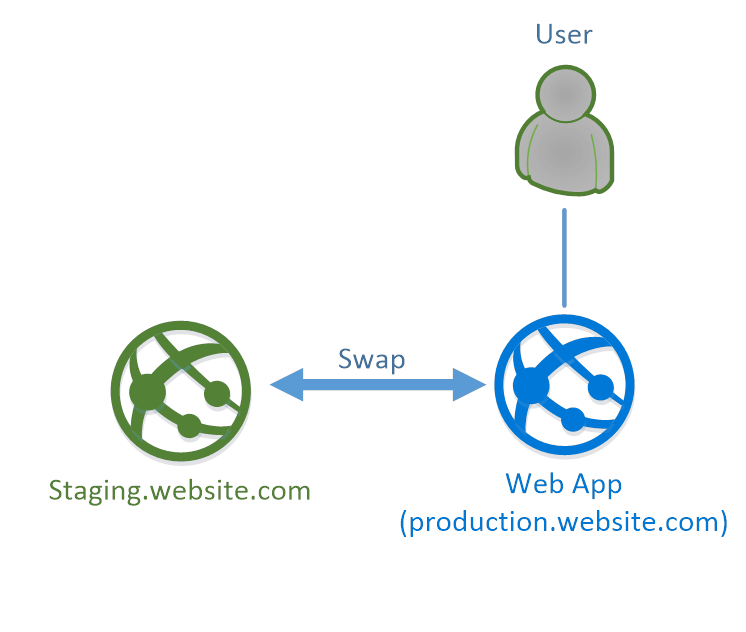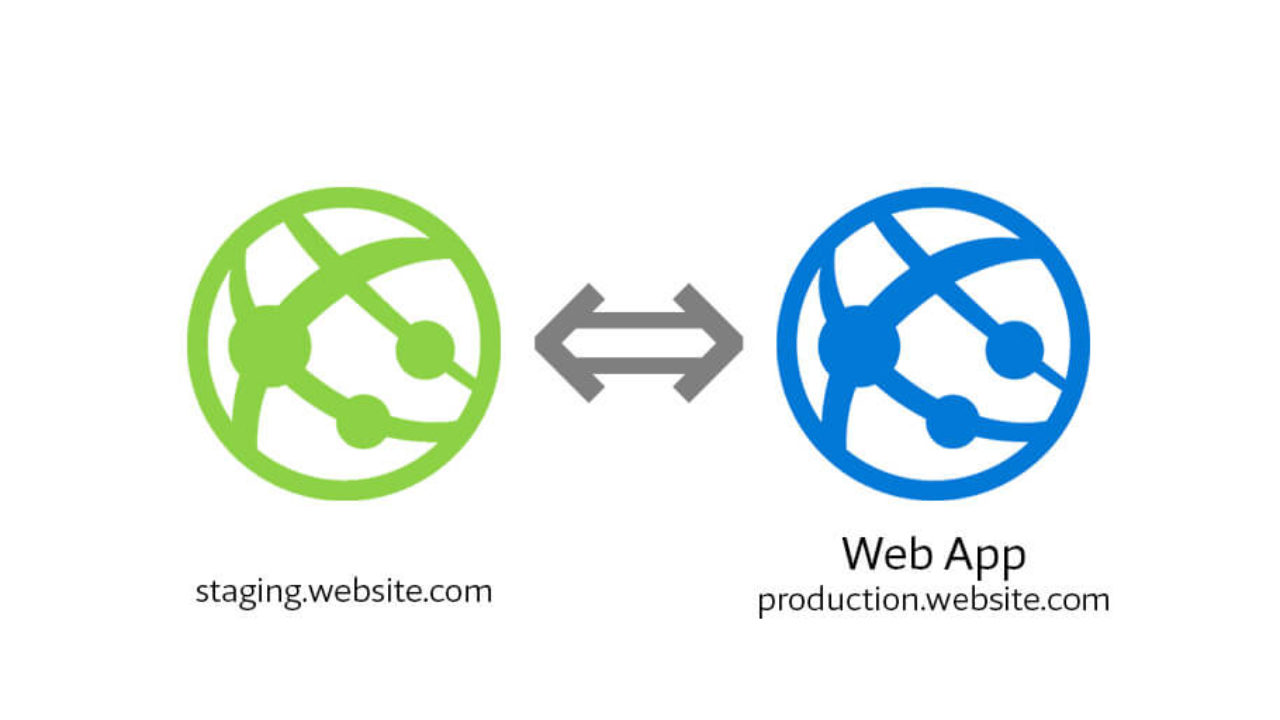Azure Deployment Slots Cost
Well, your Azure App Services is tied to a particular pricing tier that dictates storage, memory, ACU, etc. In our case, this particular App Services is configured to use the Standard standard tier - which has a 50GB limit. Azure: Pricing of deployment slots for an Azure App Service. Using an S1 App Service Plan, my web site has up to 5 slots for web app staging. How are those slots charged? Are they billed only if used? Included in the S1 fee? Or something else. Every Azure Website (recently renamed App Service) comes with a default deployment slot – production. Did you know that you can create up to 4 additional deployment slots to be used for dev, test, QA, or staging? Deployment slots are actually live web apps with their own hostnames. Web app content and configurations elements can. Part 2: Continuous Deployment for Azure App Service. Part 3: Using Deployment Slots with Azure App Service. Part 4: Setup Custom Domain for Azure App Service. Part 5: Deploying Next.JS App on Azure App Service. Part 6: Next.JS App with Cosmos DB on Azure App Service. Part 7: Why Should You Use Azure App Service? Part 8: Easy Auth for Azure App.

Deployment slots are very useful service from Azure cloud services, this isolate enviorment for developers to develope and test the codes in a seamless manner.The feature swap, enable the developers to rapid deployment and easy roll out roll back.
For an example your web users connected and accessing the original production site on the production slot,you can deploy a new version of the Web App into a secondary deployment slot, so you can test it before it goes live.
Slots are based on the application services(standard ,premium or isolated)and running on the same application services.There won,t be any additional cost.
Features
Hot deployments to production with out downtime
Easy roll out and roll back
Benifits of Deploying application to a non-production slot
Validate app changes in a staging deployment slot before swapping it with the production slot.
Deploying an app to a slot first and swapping it into production makes sure that all instances of the slot are warmed up before being swapped into production.
If the changes swapped into the production slot aren’t as you expect, you can perform the same swap immediately to get your “last known good site” back.
Setting up
Azure Deployment Slots Cost Comparison
Suppose, you have a production site which is running and don’t want to disturb the site,create a clone site and modify the codes and test it.
In the Azure Portal, navigate to App Service and click the deployment slots menu item

click on the add slot
Azure Deployment Slots Cost Chart
clone the site
This will create a same your production site,but the site name is different(with your slot name).

Azure Deployment Slots Cost
divide your traffic
By default, Traffic % is set to 0 for the new slot, and all traffic routed to the production slot.We can change the traffic % divided to both the slots.
swap
When swap the slots,from a staging slot into the production slot after code changes to know,how the web page looks like with out production downtime and revert back to old.

To configure auto swap:
Go to your app’s resource page. Select Deployment slots > <desired source slot> > Configuration > General settings.
For Auto swap enabled, select On. Then select the desired target slot for Auto swap deployment slot, and select Save on the command bar.
Using powershell create web app
New-AzWebApp -ResourceGroupName [resource group name] -Name [app name] -Location [location] -AppServicePlan [app service plan name]
create slot
New-AzWebAppSlot -ResourceGroupName [resource group name] -Name [app name] -Slot [deployment slot name] -AppServicePlan [app service plan name]
Initiate a swap with a preview (multi-phase swap), and apply destination slot configuration to the source slot
$ParametersObject = @{targetSlot = “[slot name – e.g. “production”]”}
Invoke-AzResourceAction -ResourceGroupName [resource group name] -ResourceType Microsoft.Web/sites/slots -ResourceName [app name]/[slot name] -Action applySlotConfig -Parameters $ParametersObject -ApiVersion 2015-07-01
Cancel a pending swap (swap with review) and restore the source slot configuration
Invoke-AzResourceAction -ResourceGroupName [resource group name] -ResourceType Microsoft.Web/sites/slots -ResourceName [app name]/[slot name] -Action resetSlotConfig -ApiVersion 2015-07-01
Swap deployment slots
$ParametersObject = @{targetSlot = “[slot name – e.g. “production”]”}
Invoke-AzResourceAction -ResourceGroupName [resource group name] -ResourceType Microsoft.Web/sites/slots -ResourceName [app name]/[slot name] -Action slotsswap -Parameters $ParametersObject -ApiVersion 2015-07-01
Monitor swap events in the activity log
Get-AzLog -ResourceGroup [resource group name] -StartTime 2018-03-07 -Caller SlotSwapJobProcessor
Delete a slot
Remove-AzResource -ResourceGroupName [resource group name] -ResourceType Microsoft.Web/sites/slots –Name [app name]/[slot name] -ApiVersion 2015-07-01
See the video
other references
https://teckadmin.wordpress.com/2019/07/06/create-demo-app-web-site-in-azure-using-azure-cli/
https://teckadmin.wordpress.com/2019/07/06/create-your-first-we-application-in-azure/
The Essential Guide to Microsoft Teams End-User Engagement
We take you through 10 best practices, considerations, and suggestions that can enrich your Microsoft Teams deployment and ensure both end-user adoption and engagement.
Every Azure Website (recently renamed App Service) comes with a default deployment slot – production. Did you know that you can create up to 4 additional deployment slots to be used for dev, test, QA, or staging?
Deployment slots are actually live web apps with their own hostnames. Web app content and configurations elements can be swapped between two deployment slots. Benefits of deployment slots include:
- You can validate web app changes in a staging deployment slot before swapping it with the production slot.
- Deploying a web app to a slot first and swapping it into production ensures that all instances of the slot are warmed up before being swapped into production. This eliminates downtime when you deploy your web app. The traffic redirection is seamless, and no requests are dropped as a result of swap operations.
- After a swap, the slot with previously staged web app now has the previous production web app. If the changes swapped into the production slot are not as you expected, you can perform the same swap immediately to get your “last known good site” back.
Stay tuned for more Azure Did You Know’s. Contact us at Perficient to have a certified Azure consultant help envision your solution today!